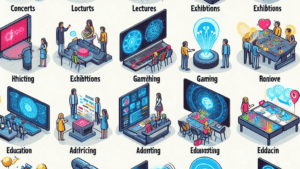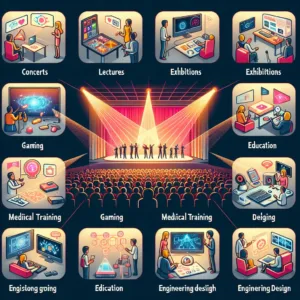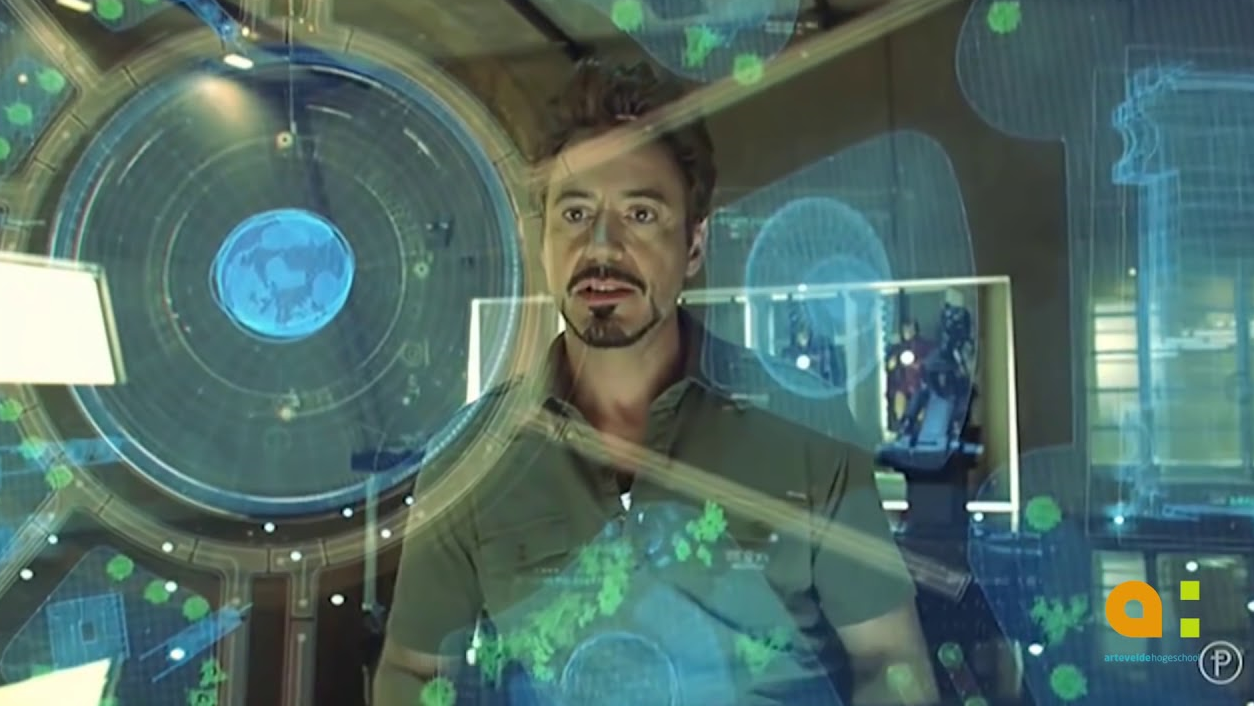Hologram projectors have come a long way since their inception, offering a range of applications across various industries. From entertainment to education, medical imaging to advertising, these devices have proven to be versatile tools capable of creating stunning three-dimensional images. In this blog post, we’ll delve into the different types of hologram projectors available and explore their diverse uses. Whether you’re a tech enthusiast, a marketer, or a medical professional, there’s something for everyone in the world of hologram projectors.
How To Fix Projector Screen Wrinkles
HOLOGRAM PROJECTOR
Hologram projectors are devices that create three-dimensional images using holographic technology. They can be used for a variety of purposes, from entertainment to education to medical imaging. In this blog post, we’ll explore the different types of hologram projectors and their uses.
How To Cancel Hulu & Disney+ Subscription
TYPES OF HOLOGRAM PROJECTORS
There are several different types of hologram projectors, each with its own unique features and capabilities. Some of the most common types include:
Pepper’s Ghost Hologram Projectors:
These projectors use a technique called Pepper’s Ghost to create holographic images. They work by reflecting light off a transparent surface, such as a piece of glass or plastic, onto a screen. This creates the illusion of a three-dimensional image floating in mid-air.
Laser Hologram Projectors:
These projectors use lasers to create holographic images. They work by splitting a laser beam into two separate beams, which are then combined to create an interference pattern. This pattern is then projected onto a screen, creating a three-dimensional image.
Digital Hologram Projectors:
These projectors use digital technology to create holographic images. They work by projecting a series of images onto a screen, which are then combined to create a three-dimensional image. This type of hologram projector is often used for entertainment purposes, such as concerts and live events.
Holographic Displays:
These projectors use a combination of holographic technology and traditional display technology to create three-dimensional images. They work by projecting a series of images onto a screen, which are then combined to create a three-dimensional image. This type of hologram projector is often used for advertising and marketing purposes.
USES OF HOLOGRAM PROJECTORS

Hologram projectors can be used for a variety of purposes, from entertainment to education to medical imaging. Some of the most common uses include:
Entertainment:
Hologram projectors are often used in the entertainment industry to create three-dimensional images for concerts, live events, and other performances. For example, hologram projectors have been used to create holographic versions of deceased musicians, such as Tupac Shakur and Michael Jackson, for live performances.
Education:
Hologram projectors are also used in the education industry to create three-dimensional images for educational purposes. For example, hologram projectors have been used to create three-dimensional models of the human body for medical students to study.
Medical Imaging:
 Hologram projectors are also used in the medical industry to create three-dimensional images for medical imaging purposes. For example, hologram projectors have been used to create three-dimensional models of the human brain for neurosurgeons to study.
Hologram projectors are also used in the medical industry to create three-dimensional images for medical imaging purposes. For example, hologram projectors have been used to create three-dimensional models of the human brain for neurosurgeons to study.
Advertising and Marketing:
Hologram projectors are also used in the advertising and marketing industry to create three-dimensional images for advertising and marketing purposes. For example, hologram projectors have been used to create three-dimensional images of products for consumers to interact with.
In conclusion, hologram projectors are versatile devices that can be used for a variety of purposes, from entertainment to education to medical imaging. They come in several different types, each with its own unique features and capabilities. Whether you’re looking to create a holographic image for a live performance, an educational presentation, or a medical imaging study, there’s a hologram projector out there that’s right for you.
Hologram Components and How It Works
How It Works
Hologram projectors are devices that create three-dimensional images using holographic technology. They work by capturing and projecting light in a way that creates the illusion of a three-dimensional image. To understand how hologram projectors work, it’s important to understand the components that make up a hologram projector and how they interact with each other.
Hologram Components
- Light Source: The light source is the first component of a hologram projector. This can be a laser, LED, or other light-emitting device. The light source emits a beam of light that is used to create the holographic image.
- Beam Splitter: The beam splitter is a device that splits the beam of light emitted by the light source into two separate beams. These beams are then directed towards the holographic plate.
- Holographic Plate: The holographic plate is a photosensitive material that is used to record the interference pattern created by the two beams of light. This interference pattern is what creates the holographic image.
- Object Beam: One of the beams of light emitted by the light source is called the object beam. This beam is directed towards the object that is being photographed or recorded.
- Reference Beam: The other beam of light emitted by the light source is called the reference beam. This beam is directed towards the holographic plate.
- Interference Pattern: When the object beam and the reference beam intersect on the holographic plate, they create an interference pattern. This interference pattern is what creates the holographic image.
- Holographic Image: The holographic image is the three-dimensional image that is created by the interference pattern on the holographic plate. This image can be viewed by shining a light source on the holographic plate and projecting the image onto a screen or other surface.
- Screen: The screen is the surface onto which the holographic image is projected. This can be a flat screen, a curved screen, or even a transparent screen.
